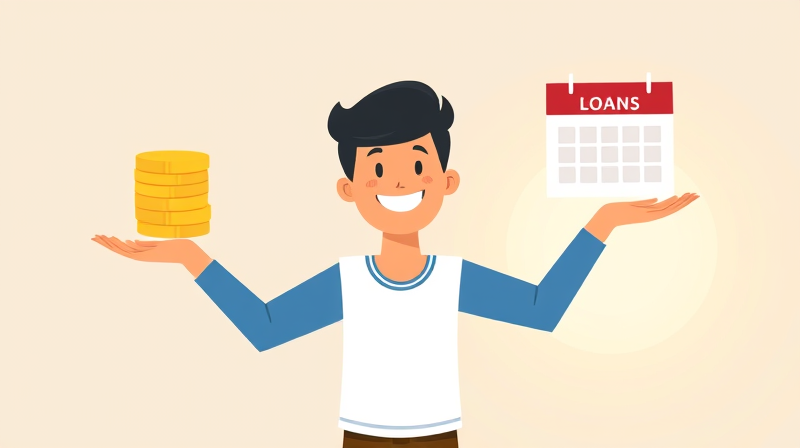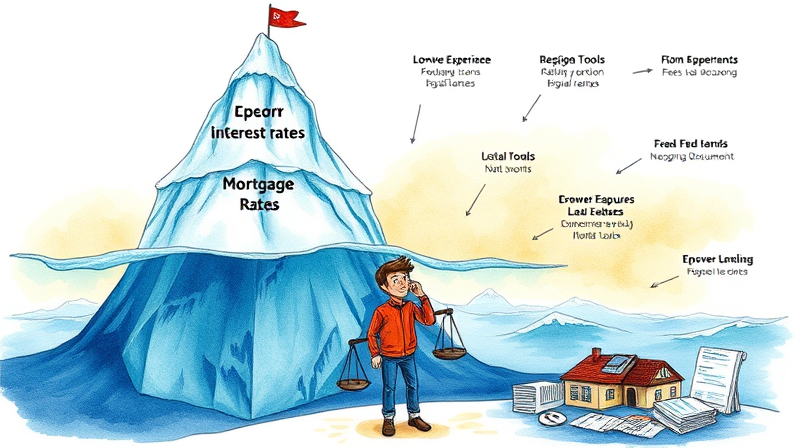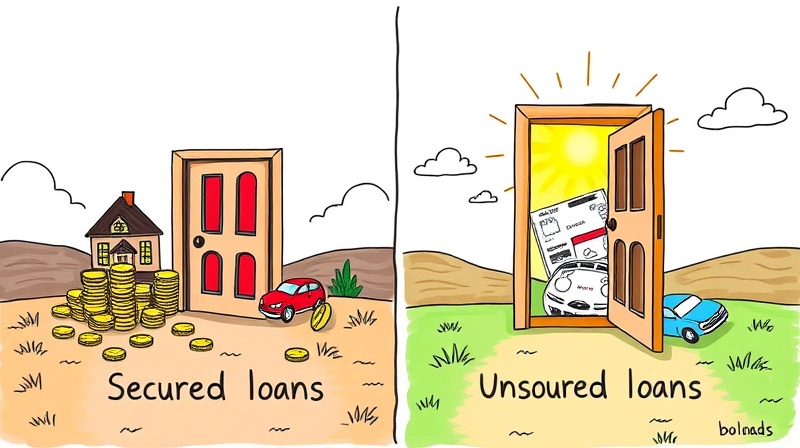
Personal loans can be powerful tools when used responsibly, but they also carry risks. This guide helps you navigate the landscape and avoid common pitfalls.
In the first quarter of 2025, Americans held over $253 billion in personal loans, with 24.6 million borrowers averaging $11,631 each. While this debt represents just 1.4% of total consumer obligations, its proper use can transform high-interest balances into manageable payments. A personal loan often makes sense when you need to consolidate credit card debt, finance a home renovation, or cover unexpected medical bills.
Before applying, ask yourself: Do I have a clear plan for repayment? Can I secure a rate lower than my current obligations? Borrowing without a strategy may lead to deeper financial stress.
When used correctly, personal loans offer several advantages over revolving credit. For example, credit card APRs average 20.12%, whereas well-qualified borrowers can access rates as low as 5.99%–6.49%. Fixed terms mean predictable monthly payments until the balance is cleared.
These benefits rely on discipline: stop using paid-off cards and stick to the original borrowing plan.
Despite the perks, personal loans can backfire if misused. Subprime borrowers may face APRs up to 99.99%, turning small balances into burdensome obligations. Additionally, 3.49% of personal loans are delinquent, often because borrowers underestimate fees or lose track of payment schedules.
Awareness of these hazards is your first defense. Read every term and avoid impulse borrowing.
Follow these steps to ensure you leverage personal loans without slipping into deeper debt.
By comparing these average rates and terms, you can identify the lender that aligns best with your financial profile and goals.
If a personal loan isn’t ideal, other solutions may help manage debt or cover expenses. Balance transfer credit cards offer 0% intro APR deals for limited periods—suitable for smaller balances that you can clear quickly. Credit counseling agencies provide debt management plans with negotiated rates and structured payments. Finally, family hardship loans or employer assistance programs may offer interest-free support in emergencies.
Each alternative has its pros and cons. Weigh costs, timelines, and eligibility requirements before deciding.
Personal loans can be transformative tools when approached with a solid repayment strategy and discipline. The key is to secure a rate lower than your existing debts, borrow only what you need, and commit to timely payments. Avoid the temptation to open new credit accounts or overspend once you’ve consolidated.
Whether you’re tackling credit card balances, funding a home upgrade, or handling emergencies, a well-managed personal loan can streamline your finances and help you regain control. Keep these guidelines in mind, stay vigilant, and you’ll harness the benefits of personal loans without falling into debt.
References













